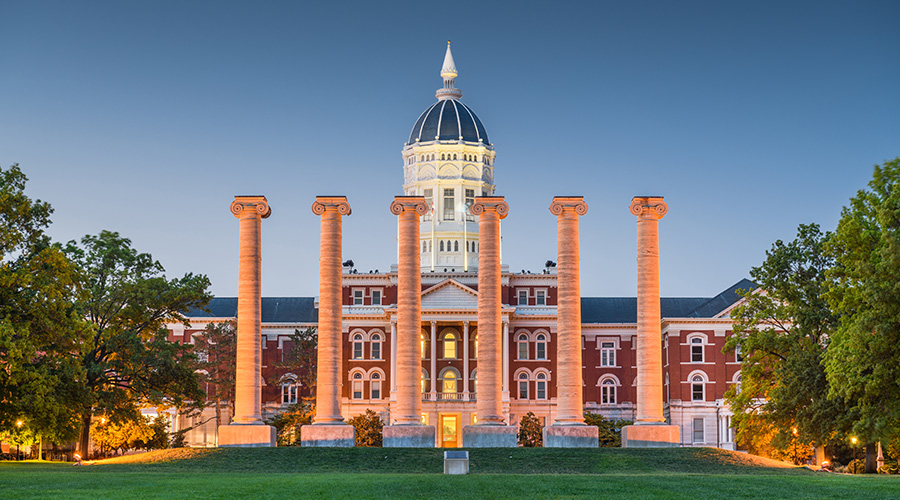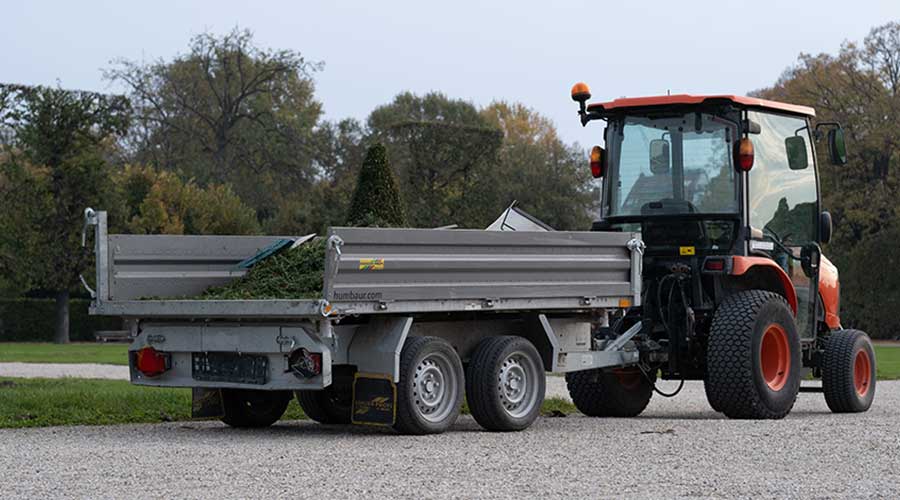Healthy landscapes can go a long way in helping grounds managers hold down maintenance costs, and they can make a major contribution to an organization's sustainability efforts. Beyond these benefits, however, healthy, attractive landscapes also contribute greatly to a more positive work environment.
One way to improve a drab landscape and help it contribute to positive first impressions for building occupants and visitors is to replace non-flowering plants with blooming varieties. While perennial trees and shrubs provide short bursts of color, annual flowers can revitalize the look of any property from the time they are planted until the first frost. With a range of colors, species and sizes, and the ability to thrive in the shade or sun, annual flowers can be planted virtually anywhere.
It also is important to consider the location of flowers — whether the display will be seen at a distance by passing drivers or up close by pedestrians. A landscape contractor can provide insight on which varieties best complement the climate and style of a particular building, as well as advice on appropriate designs to produce maximum impact for the viewer.
Annual flowers can be planted virtually anywhere, including in flowerbeds or rock gardens and as ground covers. If the goal is to add color in the spring and summer, impatiens, petunias, and begonias are excellent choices.
Managers and their landscape contractor partners can tailor a color scheme to evoke certain emotions. Warm colors such as yellow, orange and red can generate feelings of energy and excitement, and they also make spaces appear more intimate. On the other hand, cool blues, purples and greens create an environment that is calm and relaxed, and white flowers contribute to a peaceful aesthetic.
A contractor can help managers decide which varieties best complement the climate and style of a particular property, as well as offer advice on the best colors and designs that highlight outdoor facility spaces.
— Ken Hutcheson |














